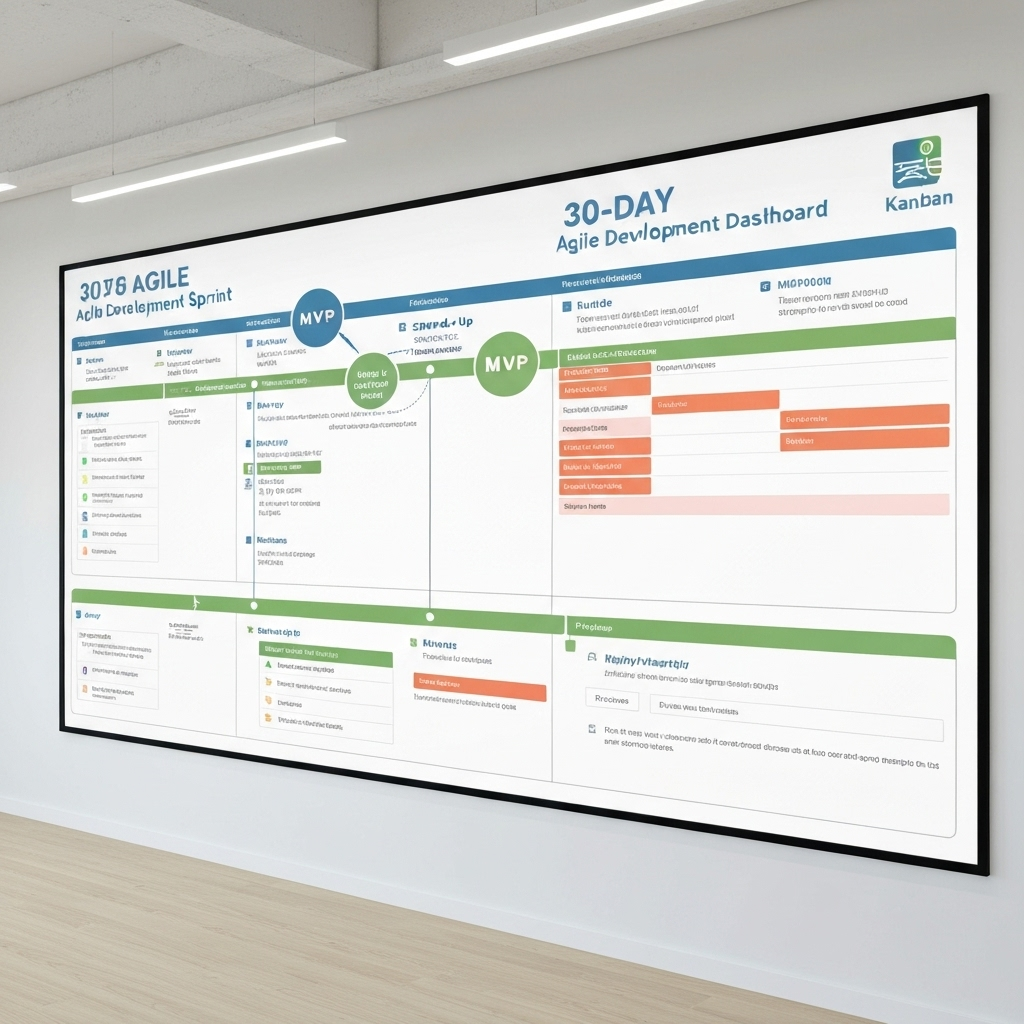Operational Shadowing: Why We Study Before We Solve
Understanding real workflows before building solutions. How operational shadowing reveals the gap between documented processes and actual work.

Most technology implementations fail because they solve the wrong problem. Before we write a single line of code or design any interface, we spend weeks shadowing workers to understand how work actually gets done. This operational ethnography reveals the critical gap between documented processes and reality.
Beyond Process Documentation
Process documents describe the ideal workflow, but reality is messier. Workers develop workarounds, shortcuts, and informal knowledge sharing that never gets documented. These adaptations often represent the most efficient ways to get work done under real constraints.

What We Actually Observe
During shadowing, we document interruptions, communication patterns, tool usage, and decision-making processes. We map information flows, identify bottlenecks, and understand the social dynamics that make teams effective. This data becomes the foundation for solution design.

From Observation to Solution
Shadowing reveals opportunities that aren't obvious from process maps. Sometimes the solution isn't new technology—it's better information flow or removing unnecessary steps. When technology is needed, we design it to support actual workflows, not idealized ones.

Operational shadowing transforms how we approach solution design. By understanding work as it actually happens, we build tools that enhance human capabilities rather than forcing people to adapt to rigid systems.


